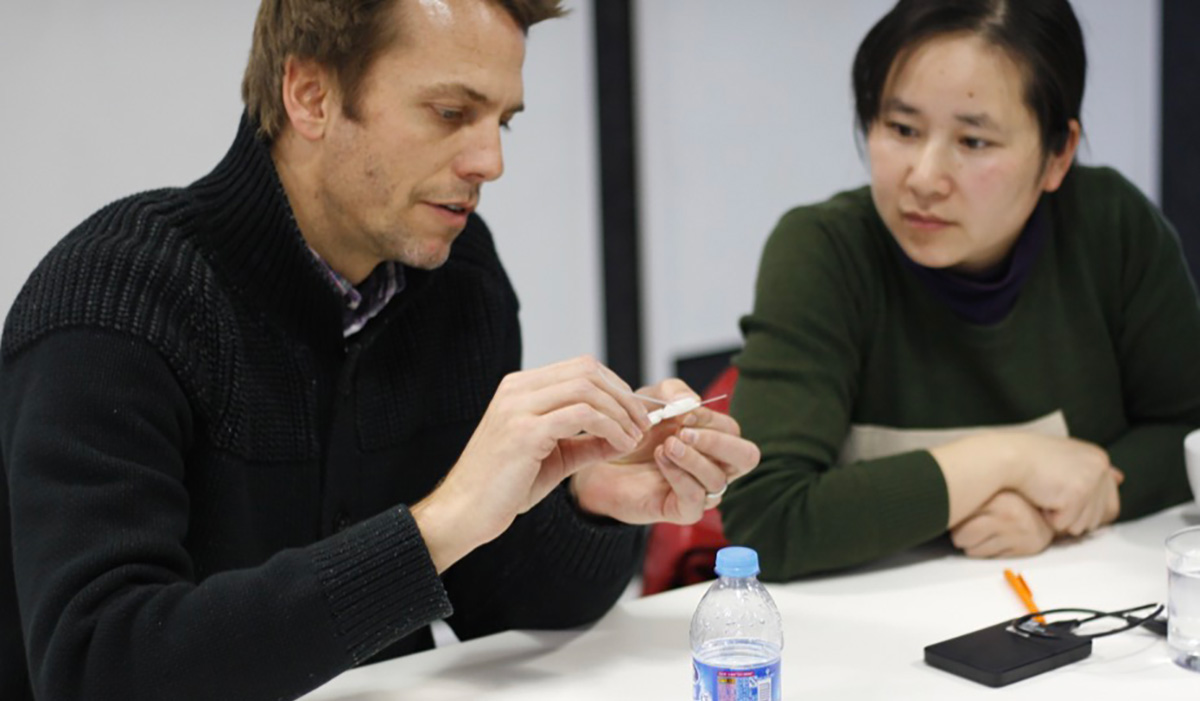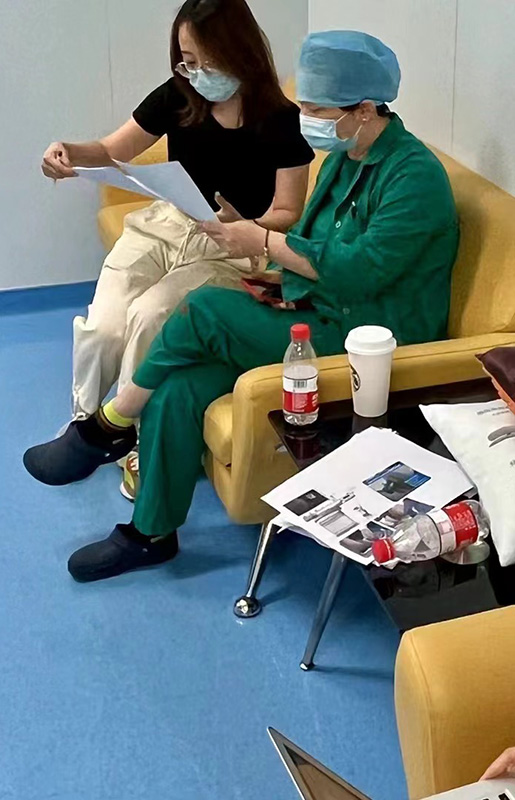
Here’s a breakdown of the key insights from our review:
Terminology & Definitions
Manufacturers: NMPA now refers to “manufacturers,” as “registrant applicants,” broadening the scope of individuals eligible to submit for registration in China.
User Groups: The guidance now provides a clearer definition of “user groups,” emphasizing the importance of considering aspects like physiology, psychology, behavior, and culture in the Chinese market.
Home Care: Further clarification now includes the use of medical devices in a “home care” setting.
Correct & Incorrect Use: The terminology now aligns more closely with FDA, replacing “proper use and misuse,” (draft 01) with “correct use and incorrect use.”
Abnormal Use: The guidance aligns further with FDA by including “abnormal use.” Additional details on abnormal use are now provided, covering unexpected and intentional abnormal use.


Clarifications
Scope Adjustments: Cleaning and transportation are now out of scope for the guidance, while draft 01 only excluded installation, maintenance, and disposal.
Urgent and Common Tasks: The guidance emphasizes the importance of considering the requirements for urgent and commonly used tasks.
Training Consideration: More emphasis is placed on considering the type of training provided in validation testing, along with reasons if no training is included.
Validation Testing: Confirmation that the registrant applicant and stakeholders cannot participate in validation testing.
Summative Study: If a summative study doesn’t meet all pass criteria, it is recommended to analyze findings and determine if risks can be mitigated, rather than classifying it as formative.
Pass Criteria Alignment: Generally, pass criteria aligns with terms like “successful operation,” “difficult operation,” “operation risk,” and “failed operation’ for use error.
Additions
Sterilization and Disinfection: An addition to the guidance covers sterilization and disinfection in human factors testing (if applicable).
Knowledge-Based Assessment: Added information on the use of knowledge-based assessments in addition to simulation testing.
Supplemental Study: In light of the clarification regarding summative studies and pass criteria (above), there is now an inclusion of a “supplemental study.”
High-Risk Device Definition: The guidance now defines that only high-risk medical devices contain critical tasks, while medium- to low-risk devices do not. Veranex is actively seeking further clarification on these criteria.
Special Attention to High-Risk Devices: The guidance now provides a list of all high-risk medical devices, such as insulin pumps, ventilators, and ablation equipment, which require special attention according to the NMPA.
Detailed Annexes: Detailed annexes are now included, featuring a list of high-risk devices, methods of human factors testing, and basic elements of human factors design.
Analysis of Equivalent Devices: If there is no summative data available, you can use an analysis report of use problems of equivalent devices already on the Chinese market within the last 10 years.
Post-Market Data Inclusion: Summative studies should still include post-market data of use issues with similar devices (which can be from ROW).
What’s Next?
Stay tuned for updates led by our colleague, Sophie Chai and her dedicated team in China. They will share the latest insights from conferences and potential release dates as soon as we have more information. If you have any questions or need further clarification, please feel free to reach out to our team. We’re here to help you navigate the evolving regulatory landscape!
